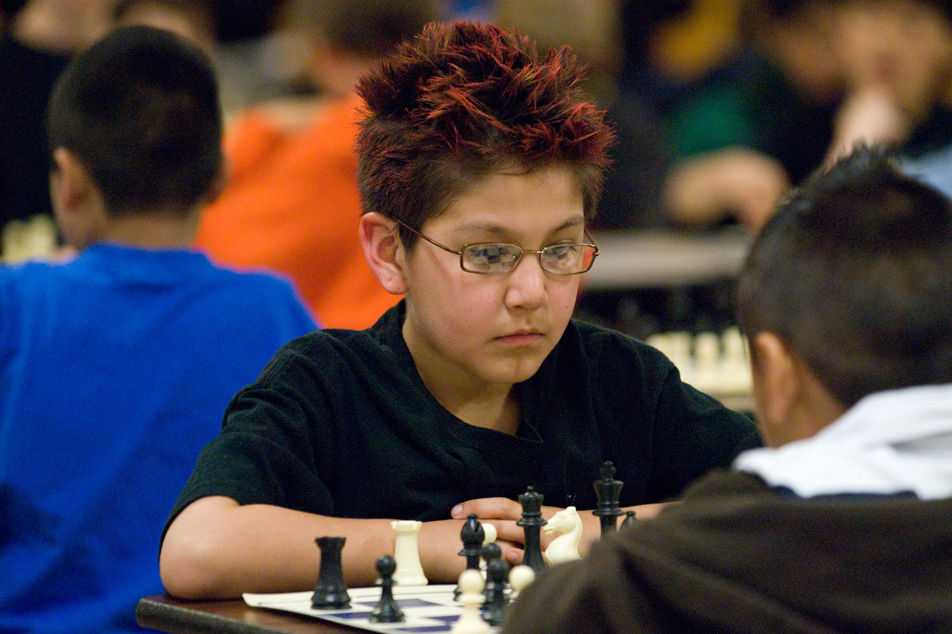Porterhowse Farms
I recently visited Porterhowse Farms, a small retail nursery – nestled in a surprisingly large arboretum and garden – specializing in conifers and conifer companion plants. Porterhowse Arboretum has well over 2000 conifer species and cultivars in the collection and a lovely selection of those plants are for sale in the retail area.
Winter is the best time to admire conifer foliage – conifers really "pop" visually once the deciduous trees and shrubs have dropped their leaves and the wintry monotone landscape provides the backdrop. Many conifers also develop rich colors in cold weather, turning gorgeous shades of smoky burgundy, rust, brighter yellow, or more powdery blue. But spring is the best time to see conifer cones because you can observe the distinct and often colorful male and female cones in their springtime colors.
All conifers species have male and female cones. (See this link to note the difference between male and female pine cones.) Both male and female start out small but the males never really grow and are fairly inconspicuous – once they release their pollen, they are shed from the plant.
The first to appear are often the male (pollen-bearing) cones. They are usually orange or tan but are sometimes red or purple. Female (seed-bearing) cones grow large after pollination. On some species, they start out dramatic red, purple or hot pink in youth before turning green, then age to the familiar dry, brown cones we know and love. If you’re unsure which is which, you can gently shake the cones: when mature, males release a cloud of yellow pollen. (Don’t try this if you suffer from conifer pollen allergies!) Maturation time can range from months to years, depending on the species. Mature female cone size can be less than a quarter inch long to over 2 feet in length.
Most conifer species produce male and female parts on the same individual plant but a few, including yews and junipers, appear on separate plants. Yews and junipers actually don’t produce cones: instead, their seed lies within a fleshy covering called an aril. I remember squishing juicy red yew arils when I was a child. (They are reputedly poisonous.)
There was a wild diversity of brightly-colored, prominent cones on the conifers at Porterhowse Farms when I visited. (See Slideshow for some dishy examples – if any aren’t identified and you want to know what they are, email me – or just wait: I’ll be loading the names presently.) But I’m sure my photos do not do them justice – and some of the more dramatic purple female cones were just too high on the trees for me to sensibly photograph.
There is much to learn and love about conifers. Many conifers are tough and drought-tolerant plants, as well as providing year-round interest and a diversity of colors and forms.
For more information on the morphology of the cones and how conifer reproduction takes place, there’s a nice, quick introduction on the American Conifer Society’s conifer introduction page.
A fantastic and informative conifer blog can be found here.
For information on specific conifers, Porterhowse Farms has a database of plants in the arboretum, with descriptions and some photos, as well as an availability list and a links and publications page with a link to the American Conifer Society.
Porterhowse Farms is about an hour from Portland in Sandy. Visitors are welcomed by appointment only – just call to arrange a time to visit. You will need at least an hour to visit the garden – we took over three hours and shopped afterwards. Retail offerings include unusual conifers in sizes ranging from small tubes (I got a tube of silvery cultivar of the lacebark pine, Pinus bungeana ‘Silver Ghost’) to specimen-sized plants. There is also a surprisingly good collection of Sempervivum and Jovibarba (hens-and-chicks) in ruby, burgundy, and nearly black shades, as well as green and red-rimmed green.
To arrange a visit the nursery and arboretum, contact Don here.





